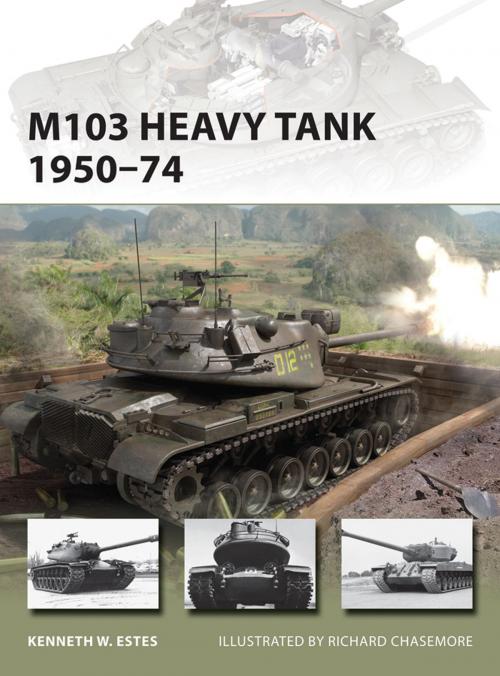| Author: | Kenneth W Estes | ISBN: | 9781849089821 |
| Publisher: | Bloomsbury Publishing | Publication: | March 20, 2013 |
| Imprint: | Osprey Publishing | Language: | English |
| Author: | Kenneth W Estes |
| ISBN: | 9781849089821 |
| Publisher: | Bloomsbury Publishing |
| Publication: | March 20, 2013 |
| Imprint: | Osprey Publishing |
| Language: | English |
The T43 design represented the pinnacle of U.S. Army tank engineering of the late 1940s. The heavy tank proved fairly popular with its crews, who above all respected the powerful armament it carried. The outbreak of war in Korea brought a rush order in December 1950 which led to a complete production run of 300 vehicles. After 1951, the Marine Corps alone retained confidence in the heavy tank program, investing its scarce funds in the improvements necessary to bring about its fielding after a hurried production run in midst of the 'tank crisis' of the year 1950-51. The eventual retirement of the M103 in 1972, over 20 years after manufacture and after 14 years of operational service, demonstrated the soundness of its engineering. It may have been the unwanted 'ugly duckling' of the Army, which refrained from naming the M103 alone of all its postwar tanks. For the Marine Corps, it served the purpose defined for it in 1949 until the automotive and weapons technology of the United States could produce viable alternatives.
The T43 design represented the pinnacle of U.S. Army tank engineering of the late 1940s. The heavy tank proved fairly popular with its crews, who above all respected the powerful armament it carried. The outbreak of war in Korea brought a rush order in December 1950 which led to a complete production run of 300 vehicles. After 1951, the Marine Corps alone retained confidence in the heavy tank program, investing its scarce funds in the improvements necessary to bring about its fielding after a hurried production run in midst of the 'tank crisis' of the year 1950-51. The eventual retirement of the M103 in 1972, over 20 years after manufacture and after 14 years of operational service, demonstrated the soundness of its engineering. It may have been the unwanted 'ugly duckling' of the Army, which refrained from naming the M103 alone of all its postwar tanks. For the Marine Corps, it served the purpose defined for it in 1949 until the automotive and weapons technology of the United States could produce viable alternatives.















